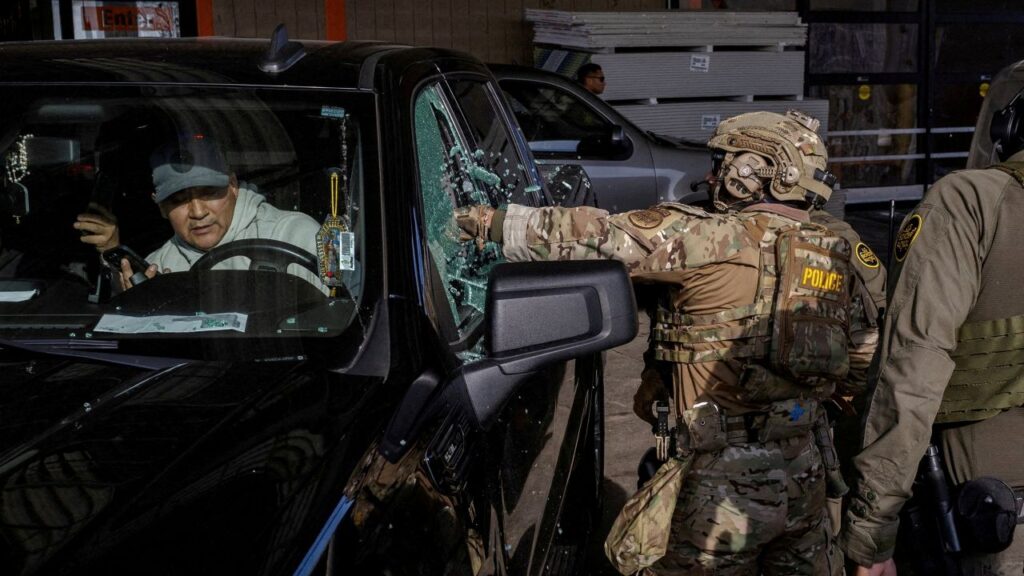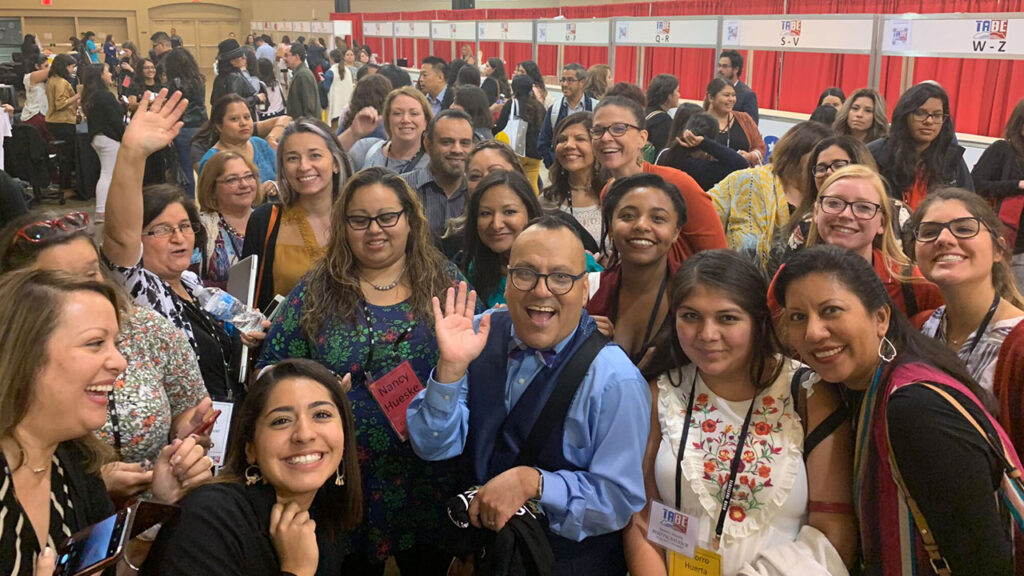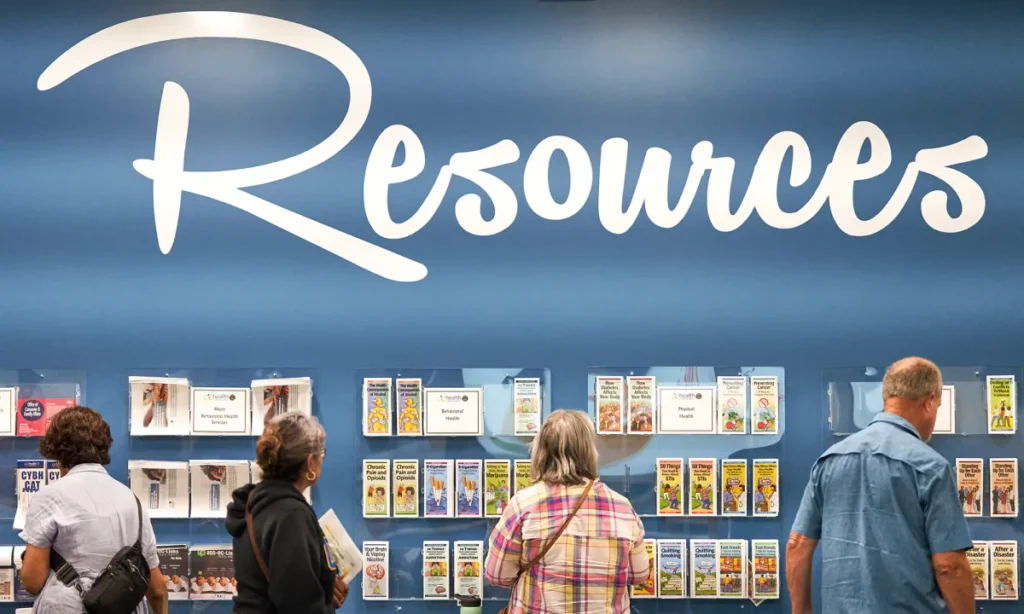Share
California has more than 41,000 confirmed cases of COVID-19 but understanding precisely who has been tested and treated remains shrouded in mystery — and is key to ensuring equal access, according to advocacy groups seeking more transparency from the Newsom administration.
The American Civil Liberties Union of Northern California wrote Gov. Gavin Newsom earlier this month asking for the release of the demographic details of people who have died, as well as those who have been tested and hospitalized. The group is sending a second letter this week, backed by more than 65 advocacy groups across the state.

Analysis
Manuela Tobias
The Fresno Bee
“California has a known history of discrimination towards black and brown folks. Without data, we’re unable to assess whether we have equal access to resources and treatment,” said Abre’ Conner, staff attorney with ACLU in Fresno. “What is the state hiding?”
Beyond data on race and ethnicity, the ACLU is asking for disaggregated zip codes as well as the number of people who are LGBTQ, disabled, or essential workers. The idea is to assess the impact of the coronavirus on traditionally marginalized groups, the ACLU says.
State officials have said that patient privacy laws prevent them from releasing such data. But ACLU lawyers argue what they are requesting abides by California’s privacy laws.
The state currently publishes data on the race, gender, and age group of positive cases and deaths. As of April 17, data on race and ethnicity was complete for 67% of cases and 90% of deaths.
According to that data, African Americans have been disproportionately affected by COVID-19. They make up about 6% of the population, but 12% of COVID-19 deaths.
In response to an email from The Fresno Bee asking about the ACLU’s petition, a spokesperson for the California Department of Public Health said they were “working to provide more data on how COVID-19 is impacting Californians. As we have more information to share, we will let you know.”
Conner said the state needs to step up efforts to help communities better understand the information they should release publicly.
“The state has not said much of anything,” she said. “It’s been left to counties and cities across the state to try to figure out how to best serve their communities because the state is not leading.”
‘Are You Waiting for Me to Get Sick?’
Conner said her organization is concerned black people and other groups are not being tested proportionally because of what she said are systemic inequalities in the health care system.
Christian David, a 30-year-old African American man from Fresno, said he was exposed to two people who are now hospitalized for COVID-19. He lived with one of them and was taking care of the other person.
But he hasn’t been able to access testing. He asked to be tested at the Accelerated Urgent Care and at Omni Family Health but was turned away because he is not showing symptoms. He said the Fresno County Health Department advised him to self-quarantine.
“I don’t know if I have it, I don’t know if I had it and didn’t show any symptoms,” he said. “It’s kind of nerve-wracking. Do I have to be gasping for breath? Are you waiting for me to get sick?”
Fresno County Interim Health Officer Rais Vohra has said that the county is short on tests, so health care workers and people living in congregate settings, like a homeless shelter, are prioritized.
But guidance from the state has called for asymptomatic individuals to be tested, too, and patients can be tested on a non-urgent basis, according to Vohra.
He added that whether a person gets tested often depends on the health care facility. Larger hospitals with ample resources and staff can move forward with testing on their own while smaller facilities may have to wait on the county for resources.
Fresno County last week began publishing race, gender and age group information of patients who tested positive. Black people have accounted for about 24 out of every 100,000 cases in Fresno County. About 25.5 were Asian, 27.5 were Hispanic and 24.6 were White, according to the data.
But the data is limited. About a third of COVID-19 patients have their race listed as “other” on the dashboard. According to the county, that could mean American Indian, Alaska Native, Native Hawaiian or other Pacific Islander, or multiple races. But it could also mean the patient did not disclose their race, as it is self-reported.
[covid-19-tracker]‘I Don’t Think the Numbers in and of Themselves Change Anything’
The county has not made available data on who has been tested. Vohra said some data is collected at testing, and additional data is collected if that person tests positive. Information on sexual orientation was not being collected, he said.
“Right now, we’re not ready to share these trends you’re asking about,” Vohra said. “I would say, stay tuned on that. We’re trying to report as much good data as we have, and beyond that, we’re certainly paying attention to the kinds of recommendations people are making, such as the state, the ACLU, etc. about reporting things out.”
Faith in the Valley Regional Faith Leadership Coordinator Bryson White said his organization signed on in hopes the numbers will help advocates understand where the public health system may be failing to mobilize change.
“I don’t think the numbers in and of themselves change anything,” he said. “We know that society is unequal based on gender, race and class. But what the numbers are is a tool to organize people in order to frame for folks what’s actually taking place within the Valley and state.”
Eric Payne, executive director of the Central Valley Urban Institute, said he hoped detailed local data would also help make more real the threat of the virus.
“I have an uncle who lives here who is literally fighting for his life at the VA hospital because he tested positive for COVID-19,” Payne said. “I just don’t think it’s become real for folks until they’re on a ventilator, and it’s too late.”
About the Author
Manuela Tobias is a reporter with the Fresno Bee. This article is part of The California Divide, a collaboration among newsrooms examining income inequity and economic survival in California.
[activecampaign form=25]


















